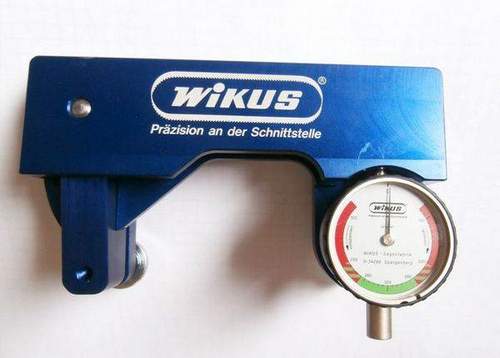
Fig. 1: Schematic diagram of the belt tension mechanism
There are several basic designs for the band saw tension mechanism:
The tension force depends mainly on the width of the tape web. This is a tabular value that applies to all types of bimetallic, carbide, and diamond saws. It is measured in N / mm2 (see table. 1).
Table 1: Recommended Band Saw Tension
Notes:
When designing band saws, the tension force is calculated as
1/4 yield strength of the canvas.
For high-performance sawing, the blade must be tensioned with a force of 300 N / mm2, however, not all machine tool builders provide the necessary parameters for the nodes of the saw frame. For example, this happens in low-cost equipment designs, when the rigidity of the saw frame and tape drive units is neglected to reduce the price and service life of the machines.
With excessive tension on the tape blade, cracks quickly form and the saw breaks, and with insufficient tension, the saw performs indirect cutting, jamming of the blade in the cut and chipping of the teeth may occur.
Video: How to Stretch a Band Saw Correctly
Therefore, you should always remember that:
– setting the correct belt tension has a significant impact on its durability!
– special devices are used to control the correct tension of the band saw. TENSIOMETERS; The principle of operation of the tensiometer is based on the ability to measure the plastic elongation of the band saw blade.
Procedure for measuring tape web tension using a tensiometer
1. Install a new band saw on the machine. At the same time, make sure that the saw blade does not slide off the pulleys.
2. Place the tensiometer on a vertical section of the web between the movable and fixed guide racks.
3. Securely fix the device to the canvas with two screws.
4. Combine the “zero” position of the indicator scale with the position of the arrow (see Fig. 2):
Fig. 2: “Zero” position of the arrow of the tensiometer indicator
5. Tension the band saw using the tension unit. In this case, the arrow of the device will begin to turn in the direction of the "green" zone on the indicator scale.
6. When the arrow reaches the required value of the tension force, stop pulling the web (see. Fig. 3):
Fig. 3: Required web tension
A slight, not more than ± 10%, deviation of the tension force from the recommended values is allowed.
In the event that the tension force is insufficient or it is significantly higher than the recommended values, it is necessary to adjust or repair the belt tension unit, as over time, the parts and mechanisms of the tension unit wear out and fail, which does not allow to provide the required tension force and reduces the tool life.